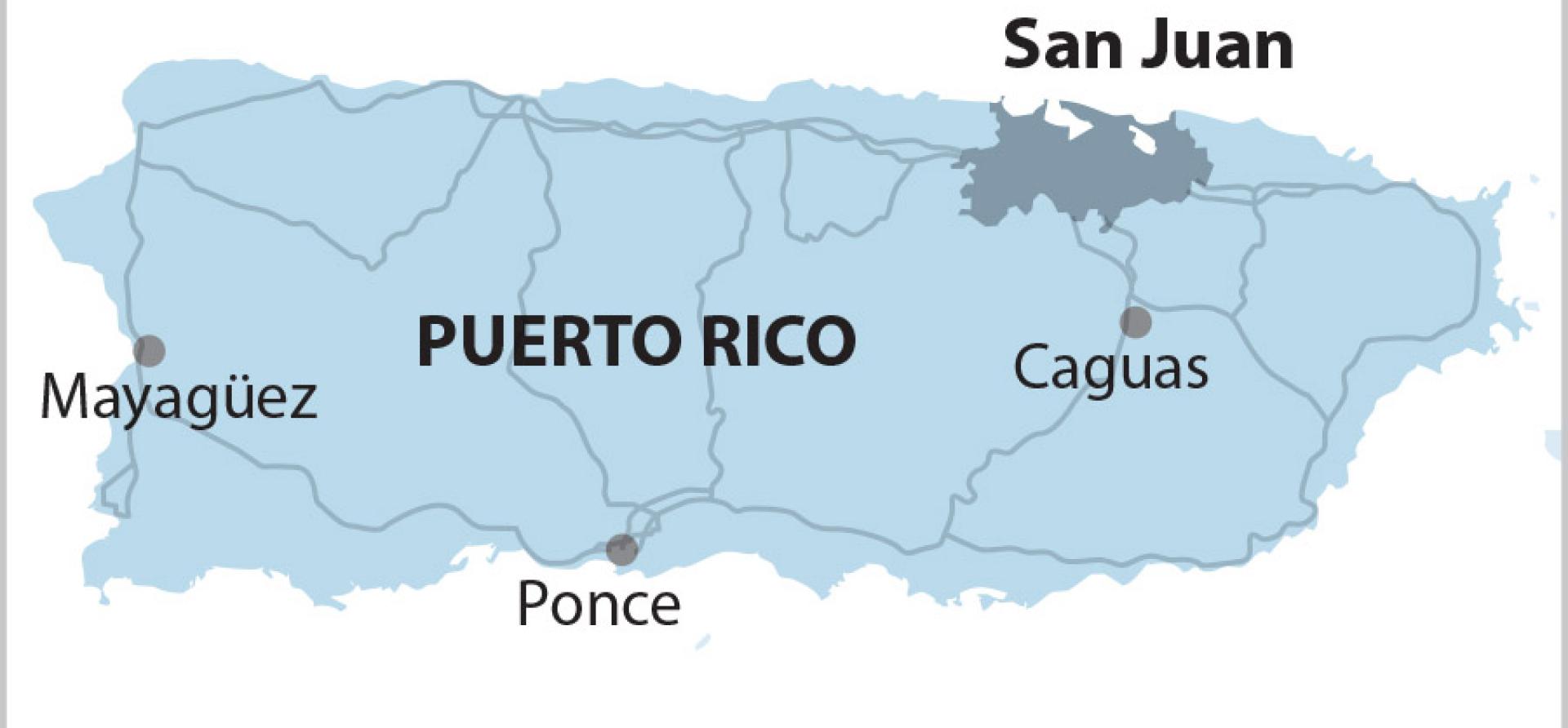IEEFA: PREPA debt plan – new gimmick uses federal money to pay off old electric authority debt

The plan to restructure the Puerto Rico Electric Power Authority (PREPA)’s debt is moving toward ultimate adoption. The proposal, which has been kicking around for a couple of years, presents PREPA bondholders with a 75% recovery rate—maybe more, maybe less, depending on who you ask.
The Federal Oversight and Management Board for Puerto Rico (FOMB) rejected a prior deal in 2017 that was very similar to this one, because the economy of Puerto Rico could not afford it. According to the recent Commonwealth Fiscal Plan, Puerto Rico’s economy still faces a period of sustained negative growth after having experienced a short period of positive growth driven by federal spending. However, the proffered PREPA debt plan ignores Puerto Rico’s financial vulnerability and puts the future of its energy grid at risk.
The proffered PREPA debt plan ignores Puerto Rico’s financial vulnerability and puts the future of its energy grid at risk
Under current expectations, federal spending will play a critical role in the finances of Puerto Rico’s power grid. The Biden Administration has promised at least $12 billion to rebuild the grid. This significant sum could go a long way toward rebuilding the island’s power grid. The federal money is vitally important from a financial perspective, as it is intended to replace the grid without imposing any new debt on Puerto Rico’s ratepayers.
In theory, this is a sound use of a large amount of federal money, given Puerto Rico’s weak economy. It creates a new asset that should improve the power grid’s reliability. The elimination of debt service will allow electricity rates to be kept at a level conducive to economic recovery. Without debt service, the utility budget should be able to maintain sufficient funds to support operations and maintenance, as well as the creation of a modest cash reserve.
The proposed PREPA debt deal, however, would undermine this otherwise positive scenario. It seeks to require utility customers to repay bondholders for $8.2 billion of legacy debt. The deal imposes a new layer of debt service in the form of a significant rate increase, starting at 2.7 cents/kWh and escalating to 4.6 cents/kWh over four years. By imposing new debt service to pay off old debt, the PREPA debt deal would cancel out any benefit from the federal funds, forgoing the opportunity to create a financially sustainable and functional electrical system.
Instead of using federal funds to build a stronger power system, PREPA would in effect use the money to pay off the bondholders. This is fiscal gimmickry.
The mishandling does not stop there.
PREPA, system operator LUMA and the P3 Public-Private Partnership Authority, are moving forward with a heavy build-out of natural gas infrastructure, including recently announced plans to convert new units at the San Juan power plant to natural gas and the construction of another new natural gas plant in the San Juan area. PREPA’s Integrated Resource Plan, which is supposed to guide the reconstruction of the grid, calls for aggressive investments in renewable energy, which is the least-cost option. Instead, they are recklessly pursuing a detrimental course of action that will perpetuate a fuel cost burden that is expensive, volatile and inconsistent with principles of sound fiscal management.
Equally baffling, after all the concern expressed about corruption in Puerto Rico, no additional formal oversight has been put in place to ensure that the federal money will be well spent. PREPA is $8 billion in debt and the grid is in a state of profound disrepair. An additional $12 billion is on the way, but no one is monitoring how the money will be used.
Under previous bankruptcy provisions, ratepayer dollars went to fossil fuel producers and bondholders. The new plan will also sequester ratepayer dollars to pay fossil fuel producers and bondholders. Once again, the money extracted from business and residential ratepayers will not be used for establishing a strong, sound, sustainable energy system. Financially speaking, the only difference under the new plan is that the ratepayers will also see their rates go up.
Tom Sanzillo ([email protected]) is IEEFA’s director of financial analysis.
Spanish translation: Plan de deuda de la AEE: nuevo truco usa dinero federal para pagar la vieja deuda de la Autoridad Eléctrica
Related items:
IEEFA: New Fortress Energy gas expansion presenting increased risks to investors
IEEFA U.S.: Puerto Rico Legislature should reduce electric authority debt
IEEFA: Consultants poised to make more than $1 billion from bankrupt Puerto Rico utility
















